As I wandered the streets of Thessaloniki, I realized food isn’t just a part of life here—it’s the heartbeat of the city. Bakeries sent out the scent of fresh bougatsa from nearly every corner, and trays stacked with golden trigona lured me in for “just one taste.” Honestly, these aren’t just snacks—they’re traditions that both locals and visitors savor.
The city’s food scene really surprised me with its wild mix of flavors—distinct pastries, lively meze plates, and a street food culture that makes every meal feel like an adventure. From bustling markets to tiny family-run tavernas, Thessaloniki feels like a never-ending feast. I kept reaching for another bite of warm pastry or scooping up homemade spreads with fresh bread at nearly every meal.
If you’re hoping to eat your way through Thessaloniki, I’ll point you to the best bougatsa, the crispiest trigona, and the kind of meze you’ll dream about later.

Why Thessaloniki’s Food Scene Stands Out
Thessaloniki’s food culture blends old traditions, multicultural influences, and everyday flavors you just won’t find anywhere else in Greece. From classic pastries like bougatsa to welcoming neighborhood meze bars, every meal feels both special and down-to-earth.
A Blend of Cultures and Flavors
Every bite here tells a story. Centuries of Roman, Byzantine, Ottoman, and Jewish influence have shaped the food in ways that feel alive and inviting. Spicy soutzoukakia (meatballs) and fragrant rice pilafs pop up on menus across town.
I noticed pastries from Asia Minor, Turkish spices, and Mediterranean seafood all have a place at the table. Locals love using recipes passed down through generations, often mixing flavors in ways you wouldn’t expect.
Ordering a meze plate, I tasted roasted eggplant alongside creamy tzatziki, pickled peppers, and grilled sausages—a real reflection of all the cultures that have called Thessaloniki home.
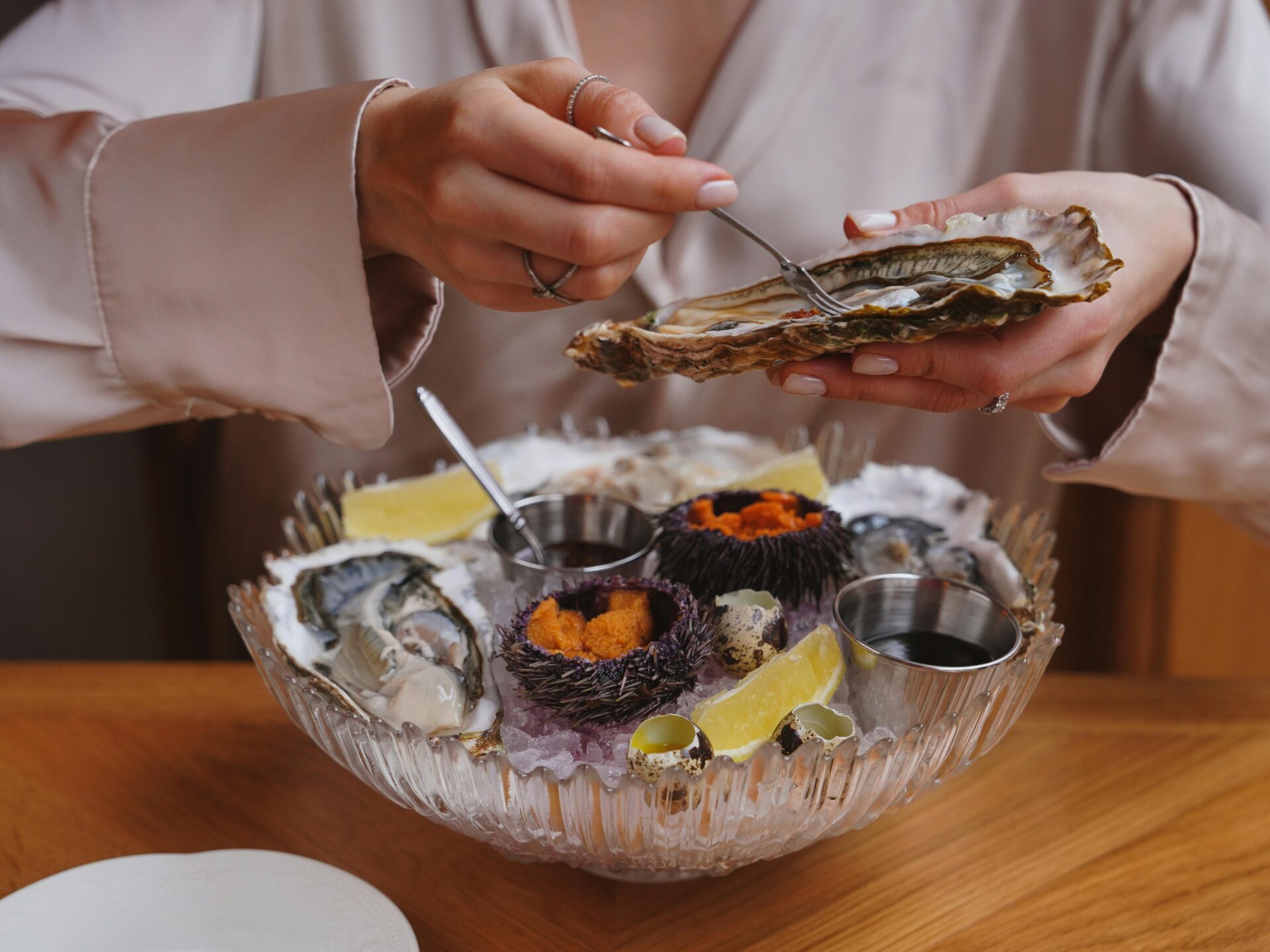
The Artisanal Spirit of Local Eateries
So many places in Thessaloniki feel like hidden gems, usually run by folks who clearly love what they do. At Mourga, a seafood spot with an open kitchen, I watched chefs working quietly but with so much care.
Pastry shops are just as special. Bougatsa Bantis, a family bakery, has been making crisp, custard-filled pie since the 1960s. They bake every pastry in small batches, fill them just before serving, and dust them with powdered sugar right at the counter.
Most bakeries, tavernas, and cafes stick to local ingredients and hand-made techniques. I’d often spot cooks kneading dough early in the morning or prepping trays of stuffed veggies for lunch.
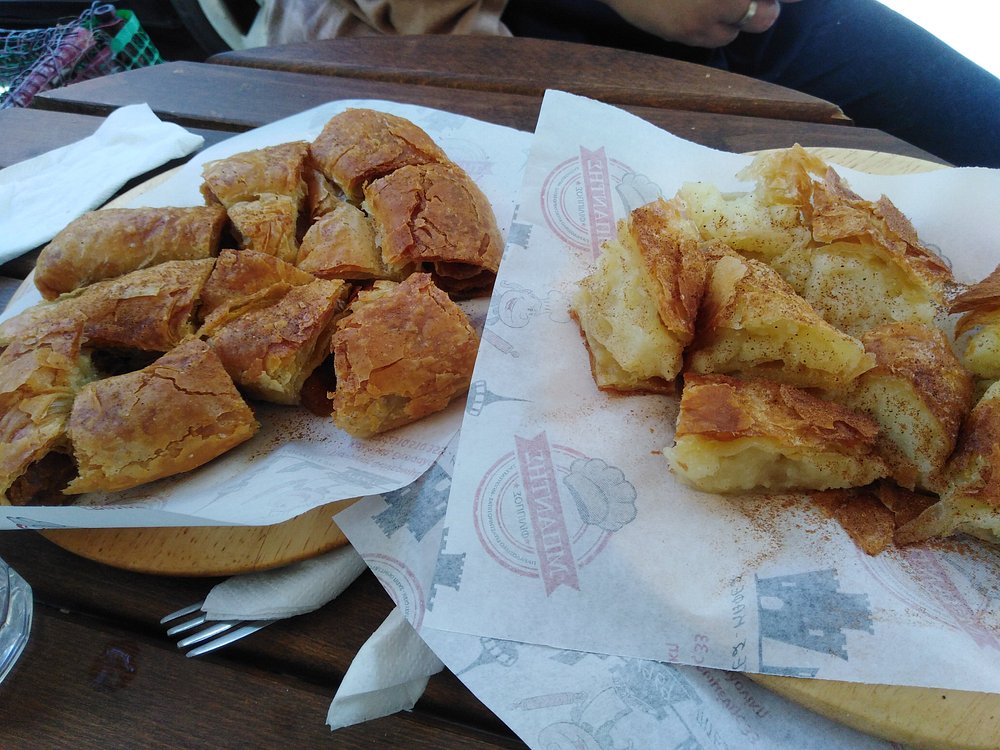
Street Food Traditions
Walking around Thessaloniki, I saw just how many people eat on the go. The street food here is honestly as good as any sit-down meal. Bougatsa, sold in steaming squares and eaten with a spoon, is a must-try snack.
I couldn’t resist stopping at stands selling trigona panoramatos—crisp pastry triangles filled with custard—and piping-hot koulouri, the city’s signature sesame bread ring. It’s easy to grab a bite on busy streets or late at night after music or drinks.
Street vendors are friendly and patient. They’ll tell you what’s in every pie or skewer. For me, eating street food in Thessaloniki meant mingling with locals and sharing that first, unforgettable taste of something new.
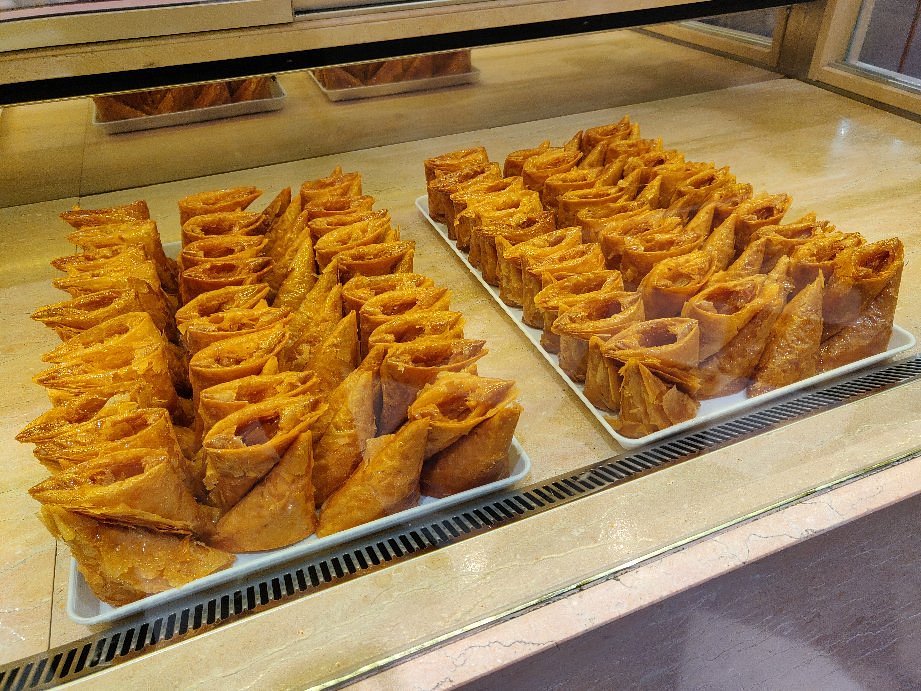
Bougatsa: Sweet and Savory Morning Ritual
Bougatsa wakes Thessaloniki up every morning. It’s famous for its crispy phyllo, creamy filling, and, honestly, the ongoing debate: sweet or savory? The best bougatsa comes from the city’s oldest bakeries, with each shop adding its own local twist.
What Makes Thessaloniki’s Bougatsa Unique
The first time I bit into bougatsa in Thessaloniki, I realized it was nothing like what I’d tried elsewhere in Greece. Here, the phyllo is paper-thin and layered until it shatters with every forkful. It wraps around a smooth custard or a savory filling like cheese or minced meat.
But it’s not just about texture. Bougatsa in Thessaloniki comes piping hot, usually dusted with a little powdered sugar and cinnamon if you order the sweet one. Many shops use fresh, local butter, making the pastry extra fragrant. The contrast between the crispy shell and creamy center is what keeps locals lining up every morning.
What really surprised me was how bougatsa is more than a snack—it’s a breakfast ritual. People eat it fresh from the bakery, often with strong Greek coffee or even cold chocolate milk.
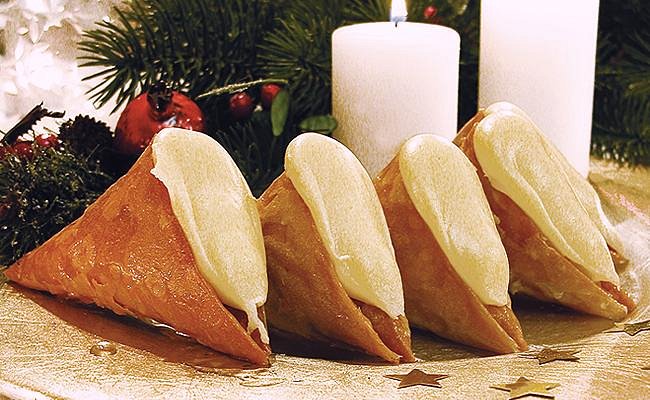
Best Spots for Bougatsa in the City
Hunting for the best bougatsa in Thessaloniki is half the fun. Every neighborhood has its favorite bakery, and locals are convinced theirs is the best. My favorite spot sits in the city center, where bakeries open before sunrise and the smell of baking phyllo drifts into the streets.
A few popular places to try bougatsa:
| Bakery Name | Known For | Location |
|---|---|---|
| Bougatsa Giannis | Classic custard | Egnatia Street |
| Bantis | Cheese and sweet bougatsa | Vasileos Irakleiou |
| Estrella | Creative flavors | Pavlou Mela |
Some shops keep it traditional—just custard and cheese. Others get creative with fillings like spinach, chocolate, or even bolognese. The best way to choose? Try a few. I always sample a small slice at each bakery so I don’t get full too fast.
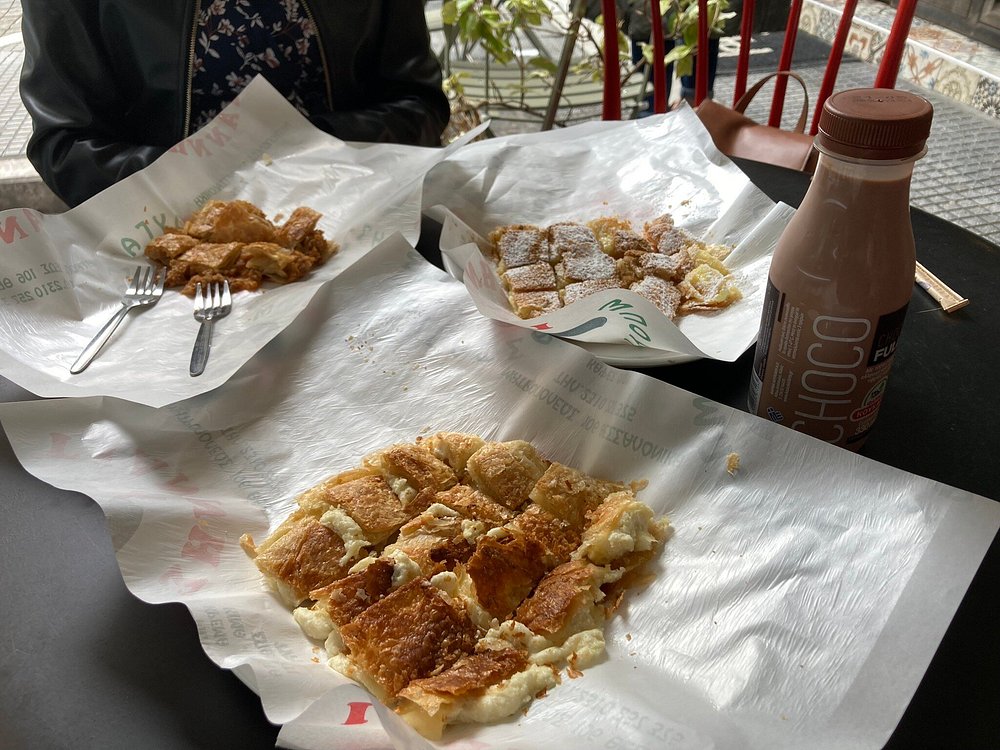
Sweet vs. Savory: Mastering the Choice
Choosing between sweet or savory bougatsa for breakfast was honestly tough. Classic sweet bougatsa comes with semolina custard, just lightly sweetened, and always dusted with powdered sugar and cinnamon. The creamy filling isn’t too sweet—just enough to balance the crispy pastry.
Savory fillings like feta cheese, minced meat, or spinach are just as popular. Cheese bougatsa is salty and goes perfectly with black coffee. Meat bougatsa is a bit heavier, making it a filling morning meal.
Locals often order both sweet and savory, then share. Pro tip: If you can’t decide, ask for half-and-half—most bakeries are happy to do it, so you get the best of both worlds in one serving. There’s really nothing like starting your day in Thessaloniki with a debate over which bougatsa wins.
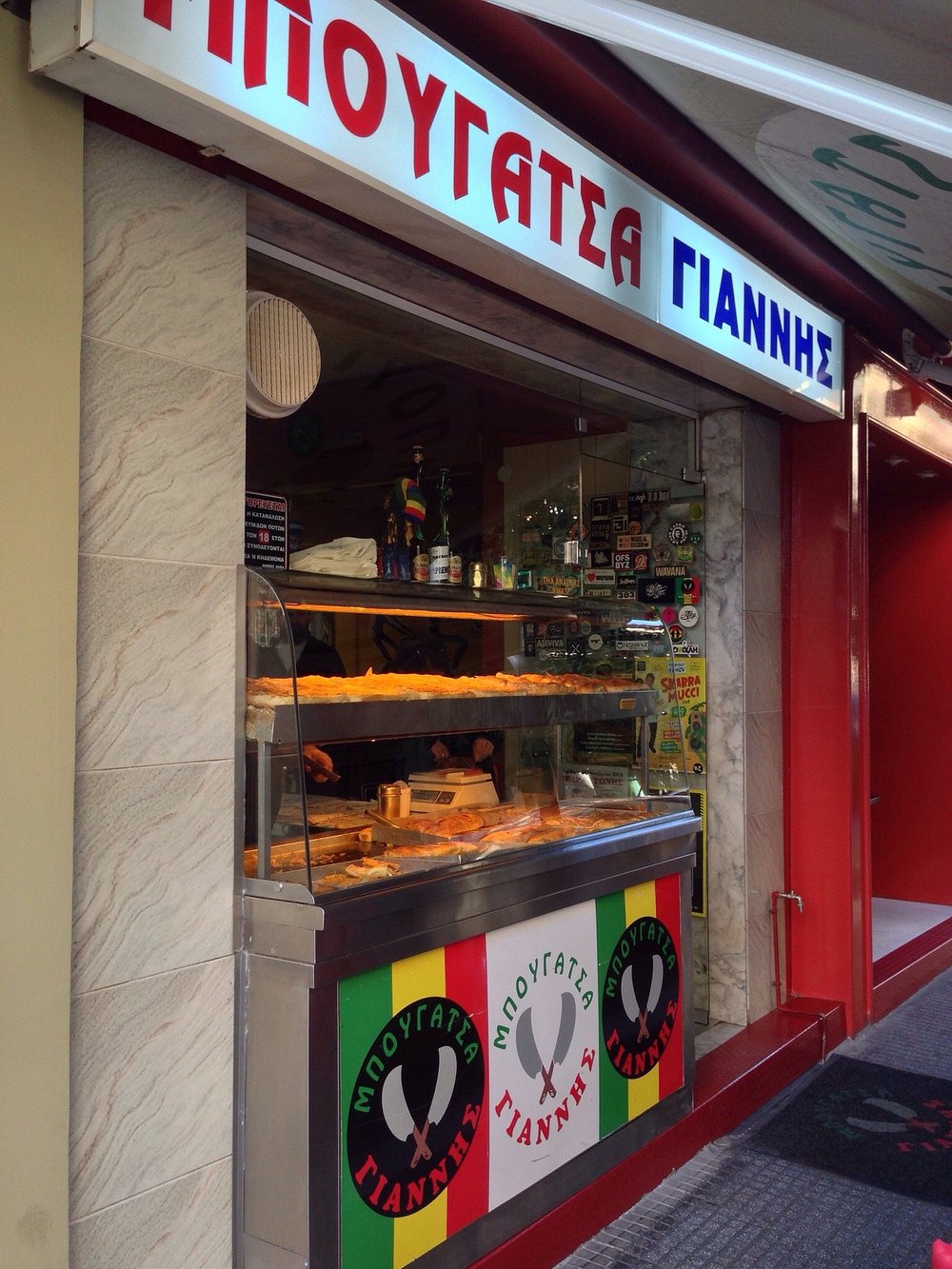
Trigona: Discovering the Iconic Panorama Pastries
Thessaloniki’s streets overflow with sweet temptations, but nothing grabbed my attention like Trigona. These golden phyllo cones stuffed with rich custard are more than a treat—they’re a point of local pride and tradition.
History and Origins of Trigona
Trigona Panoramatos got its name from Panorama, a suburb just outside Thessaloniki. A local baker reportedly created this pastry decades ago, looking for a new way to use phyllo dough.
Back then, baklava and kataifi were already everywhere, but trigona stood out for its triangular shape and creamy filling. Trigona isn’t centuries old, but it quickly became a favorite across Thessaloniki.
Locals insisted I try them “only in Panorama” for the real deal. Even now, families keep the tradition alive, passing down recipes and folding techniques for those perfect triangles and simmering the ideal syrup.

Biting Into Cream-Filled Perfection
My first trigono was still warm, the flaky, buttery phyllo dropping soft crumbs everywhere. Inside, the custard was cool and silky, with a hint of vanilla and just enough sweetness. Each bite balanced the crisp exterior with the creamy center, and the sticky syrup tied it all together.
Trigona don’t soak up syrup until they’re mushy. They keep their crispness, so every bite stays crunchy and creamy at the same time.
If you want a tip—always eat them fresh. If they sit too long, the phyllo just gets soggy. Locals often grab theirs early, enjoying them with coffee for breakfast or as an afternoon treat.
Where to Find the Best Trigona
Panorama is the district most famous for trigona. Step into a bakery there, and you’ll see trays of triangles glistening with syrup. The most famous shops are Trigona Elenidi and nearby patisseries, each putting their own spin on the custard or phyllo.
I made a list of places, but honestly, even tiny side-street bakeries had fantastic versions. If you see a queue of locals, that’s usually a good sign. In central Thessaloniki, some bakeries now bring the Panorama classic right into the city, making it easy to grab a pastry on the go.
Here’s a quick list of recommended spots:
| Bakery Name | Location | Must-Try Feature |
|---|---|---|
| Trigona Elenidi | Panorama | Classic recipe |
| Patisserie Pansera | Panorama | Extra creamy filling |
| Small Bakery* | City Center | Fresh daily batch |
*Check out independent shops—they sometimes surprise you with their homemade touch.
Taste-testing trigona all over Thessaloniki became a highlight of my trip. Each place adds its own style, but that combo of crispy phyllo and rich custard never lets you down.
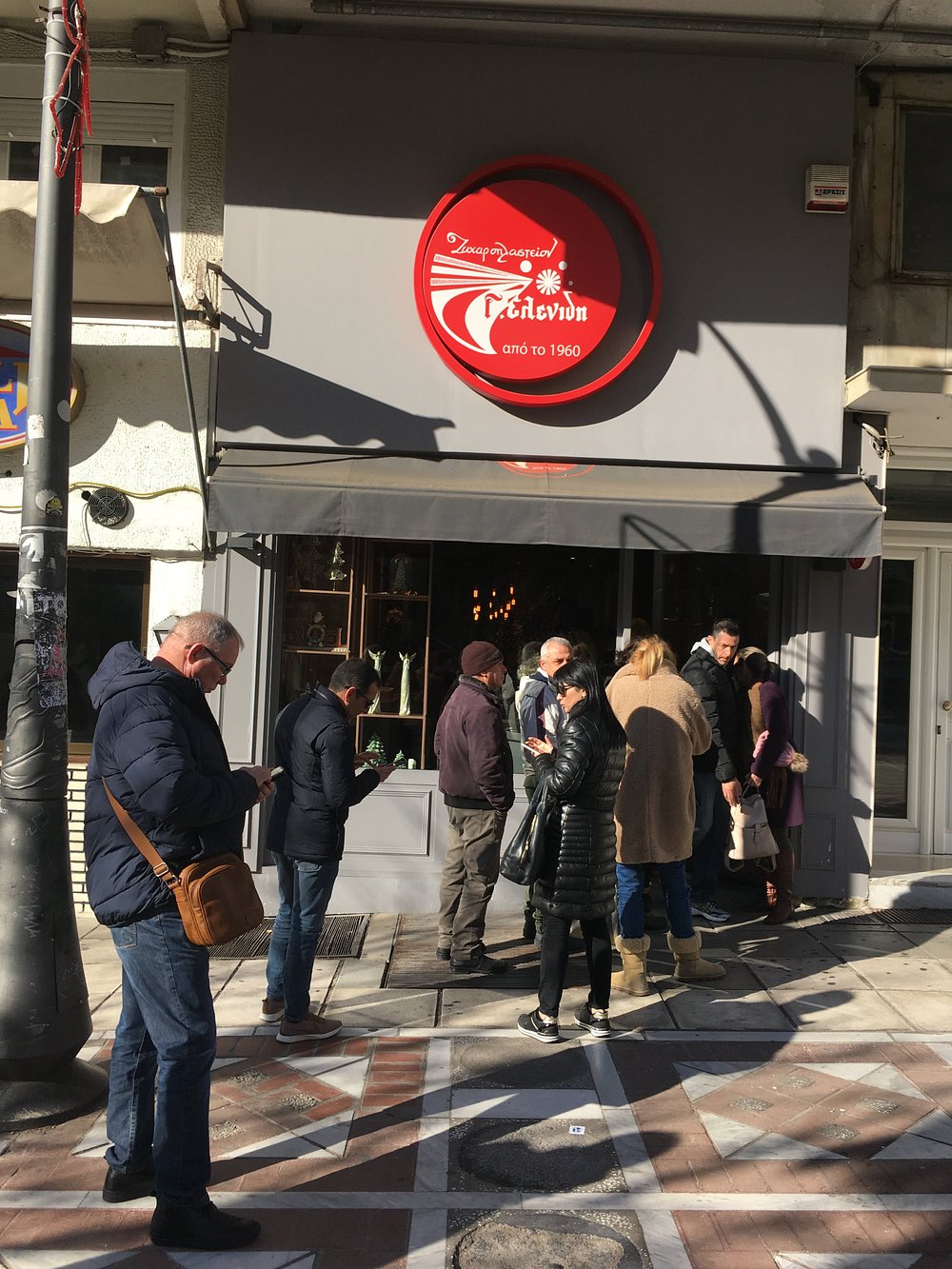
Unforgettable Meze: Small Plates, Big Memories
Meze in Thessaloniki is more than just food—it’s a social ritual packed with conversation, laughter, and a table full of colorful dishes. Unlike a regular meal, meze gives you a taste of everything from creamy spreads to grilled seafood. I loved trying something new with every bite.
Essential Meze Dishes You Must Try
A proper meze spread in Thessaloniki isn’t complete without a few essentials. Tzatziki always shows up—a thick, garlicky yogurt dip with cucumber, perfect with fresh bread. Another favorite of mine is taramosalata, a silky pink dip made from fish roe. It’s surprisingly light but full of ocean flavor.
No meze table feels right without dolmadakia, grape leaves stuffed with rice and herbs. Melitzanosalata, an eggplant dip with olive oil and lemon, brings a smoky note. For more bites, I loved saganaki—pan-fried cheese that’s both crispy and gooey. The freshest fried calamari and spicy grilled sausages (loukaniko) always steal the show.
| Dish | Description |
|---|---|
| Tzatziki | Yogurt, cucumber, garlic |
| Taramosalata | Fish roe dip |
| Dolmadakia | Stuffed grape leaves |
| Saganaki | Fried cheese |
| Fried Calamari | Lightly battered squid |
| Loukaniko | Grilled sausage, often spiced |

Hidden Gems for Authentic Meze
Every time I walked into a traditional taverna in Thessaloniki, I found the best meze came from small, unpretentious spots—not the fancy places. One tucked-away gem, Deka Trapezia, gave me a relaxed vibe, with small tables close together and staff eager to recommend their favorites.
Exploring the side streets near the open markets, I found family-run tavernas serving daily specials based on what’s fresh and in season. That’s where I discovered slow-roasted lamb kleftiko and grilled sardines that tasted just like summer. Menus usually stay brief and change often, but the flavors stick with you.
If you’re feeling lost, peek inside a busy spot. If locals are ordering lots of small plates and sharing, you’re probably in the right place.
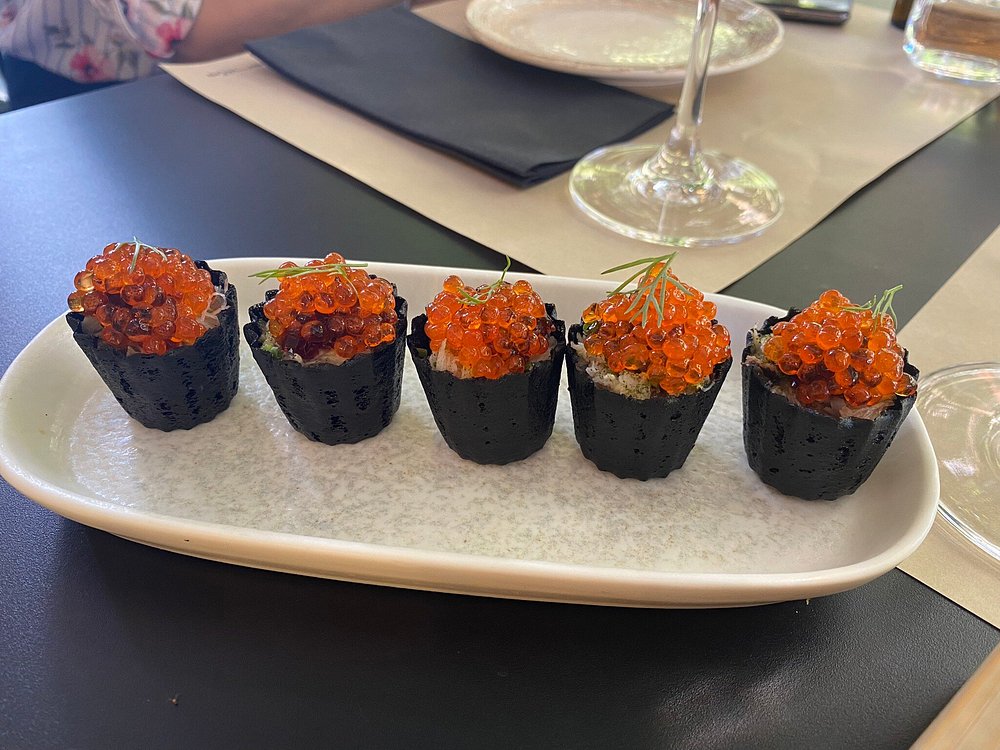
Pairing Meze with Local Spirits
The right drink really changes the meze experience. In Thessaloniki, people usually go for ouzo, tsipouro, or sometimes a glass of local wine.
I’ve noticed ouzo—this strong, anise-flavored liquor—just works with salty seafood and creamy dips. They serve it over ice, and it turns all cloudy, which always feels like the real start of a good meal.
Tsipouro comes across a bit stronger and less sweet than ouzo. Locals pour it into small glasses and sip it slowly, especially with spicy sausages or cheeses.
Sometimes, I’d just order a carafe of local white wine. It’s crisp and refreshing, which helps cut through the richness of heavier dishes.
If you want to drink like a local, order your spirit and take your time. Sip between bites, relax, and enjoy the company. It’s not about getting full—just savor every little plate, one taste at a time.

Tips for Navigating Thessaloniki’s Food Scene
Finding great food in Thessaloniki means paying attention to when people eat, a few table customs, and maybe learning a couple of Greek phrases.
Meal times, traditions, and local etiquette all shape how you’ll experience food here.
When and Where to Eat Like a Local
People in Thessaloniki don’t rush their meals. Breakfast stays simple—just coffee and a pastry, like bougatsa, grabbed at a bakery around 8 or 9 a.m.
Lunch usually doesn’t start until after 2 p.m. But honestly, dinner is where the city comes alive.
The meze bars and tavernas really get busy late in the evening. Most locals won’t head out for dinner until after 8 or even 9 p.m.
I always found the best food scene in neighborhoods like Ladadika or Ano Poli. Taverns there serve small plates and local wines, and the whole area buzzes with energy.
For street food, afternoons work well for picking up trigona panoramatos (those triangle-shaped custard pastries) near busy squares like Aristotelous.
Tip: Many spots close for siesta between 3 and 6 p.m., so I’d plan my snack runs around that.
| Meal | Typical Time | Where Locals Go |
|---|---|---|
| Breakfast | 8–9 a.m. | Bakeries and cafés |
| Lunch | 2–3 p.m. | Taverns, bistros |
| Dinner | 8–10 p.m. | Meze bars, tavernas |
| Street Food | All day | Markets, street corners |

Etiquette and Essential Phrases
Sharing food means everything when you’re eating in Thessaloniki. At a meze bar, everyone just grabs bites from the same plates. I learned pretty fast that you should wait until the table fills up before you reach for anything. It’s respectful to let the oldest person dig in first.
Greeks don’t hurry. Meals stretch on for hours, and the conversations? They’ll easily drift past midnight.
Knowing a few basic phrases really helped. When I ordered, tossing out a friendly “Kalimera” (good morning), “Parakaló” (please), or “Efharistó” (thank you) made a difference. If I had no clue what to order, I’d just ask, “Ti mou protínete?” (What do you recommend?). Most waiters seemed to appreciate it when I tried, even if my accent was a little off.
You might find these phrases handy:
- Menu, please: “To menú, parakaló”
- How much does it cost? “Póso kostízei?”
- Cheers!: “Yamás!”
Honestly, being open and respectful made my food adventures way easier. Smiling and tossing out a few simple Greek words helped me connect with locals. I even stumbled onto places I wouldn’t have found otherwise.

